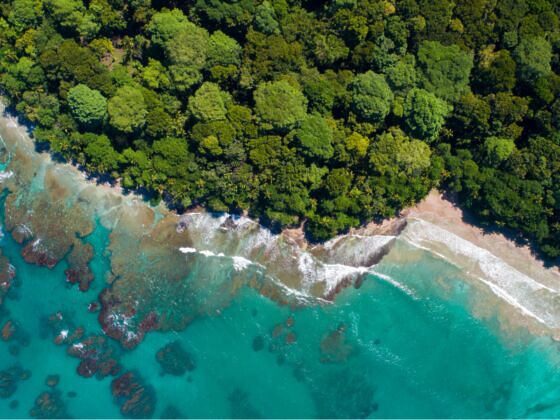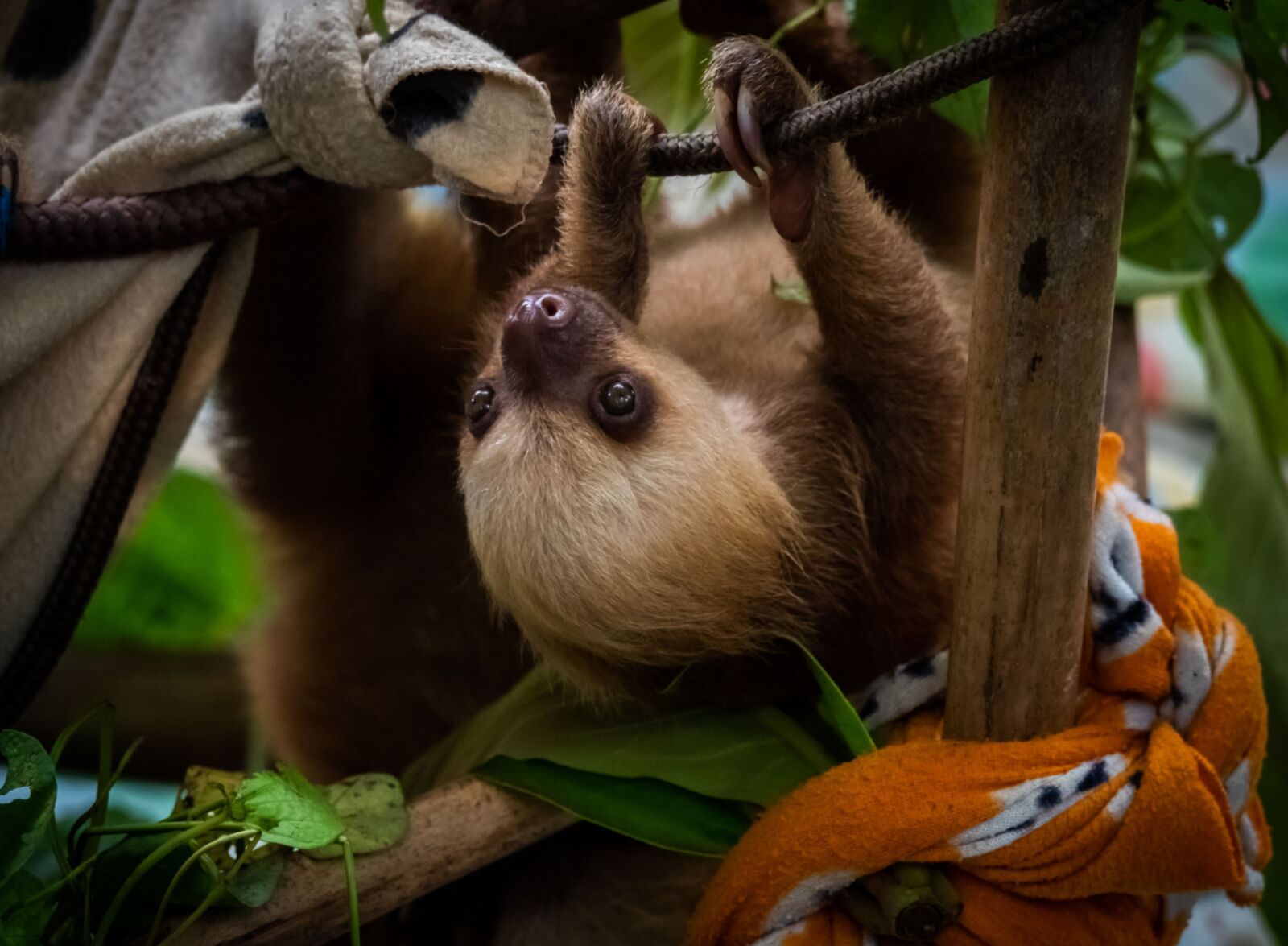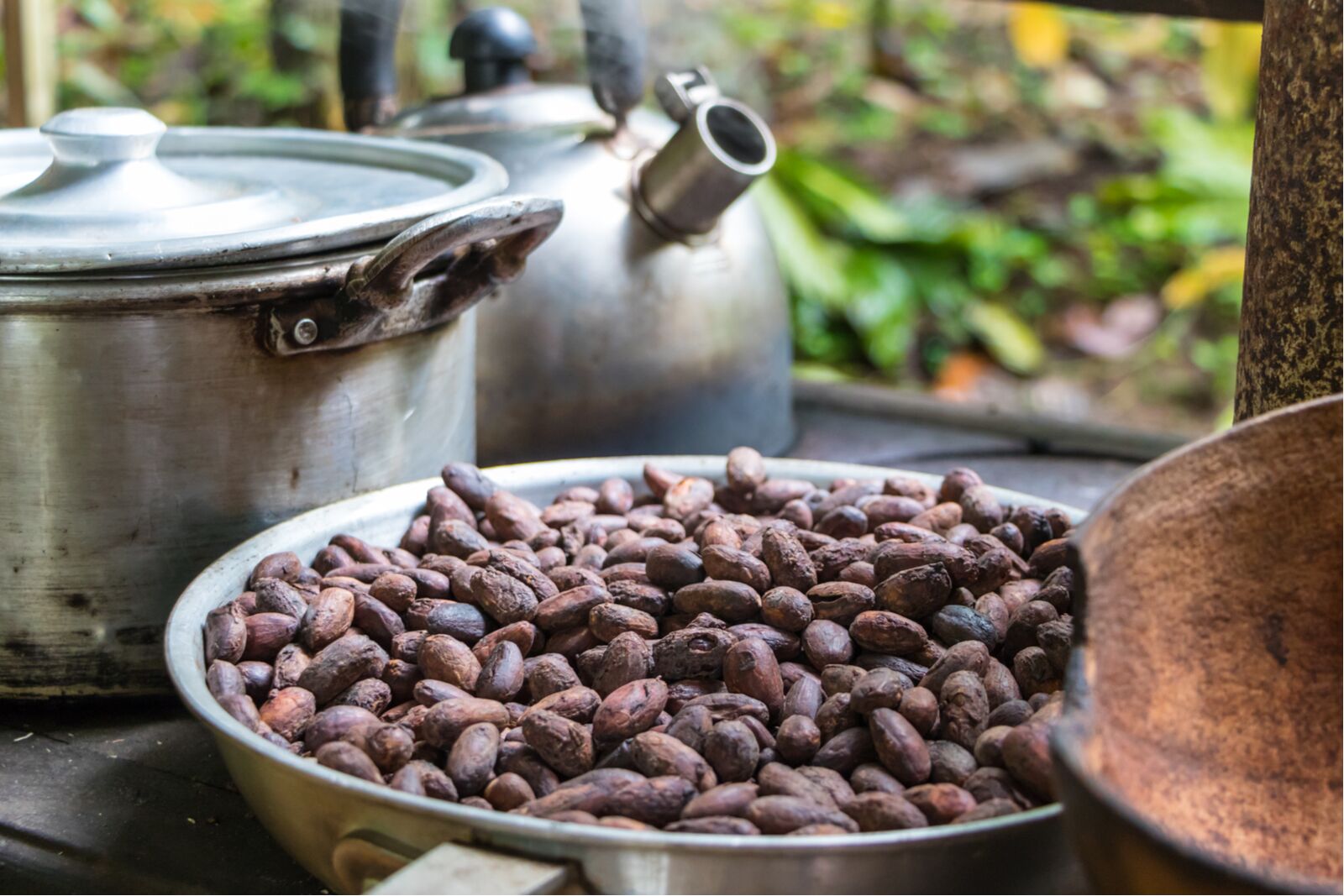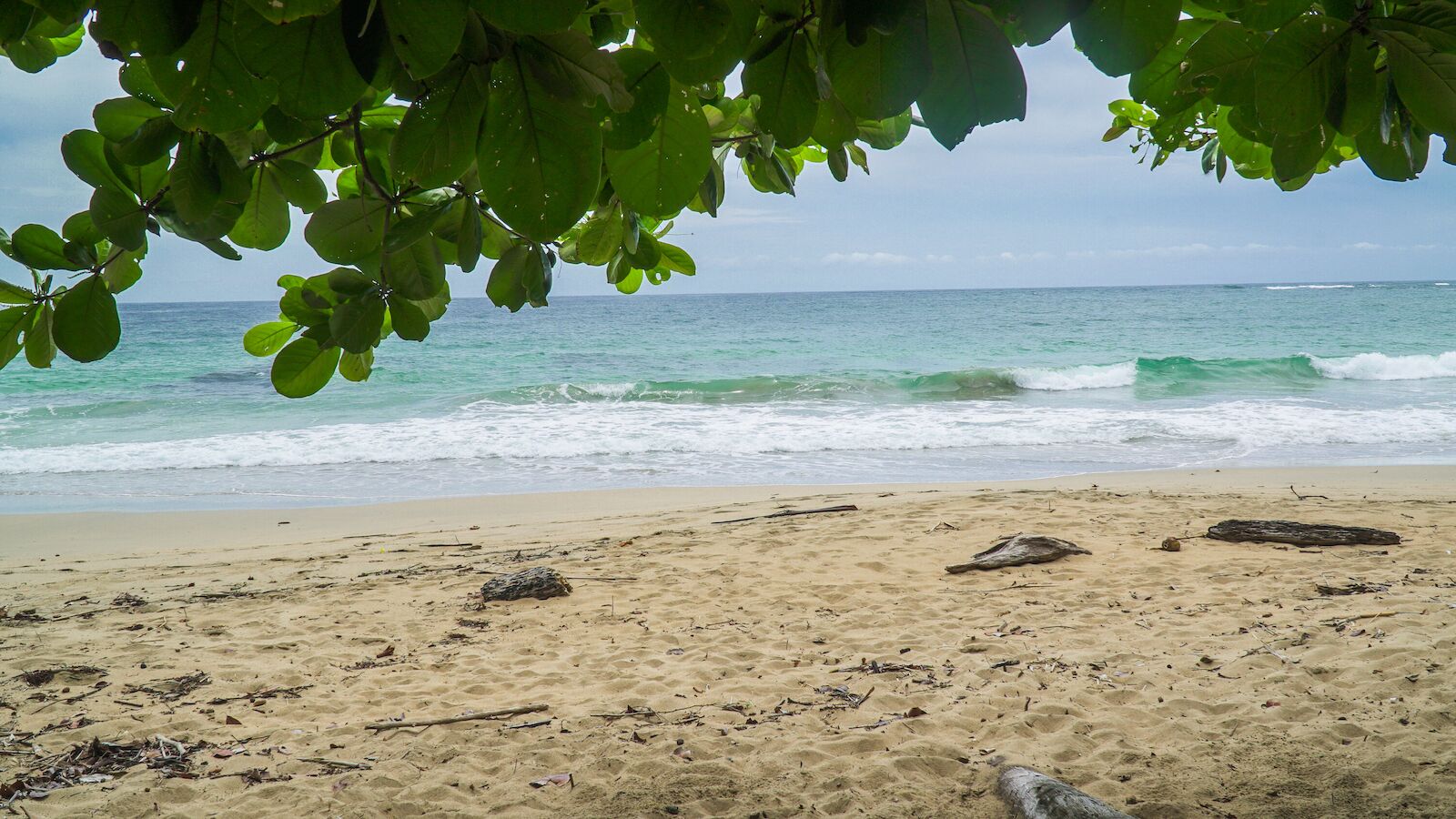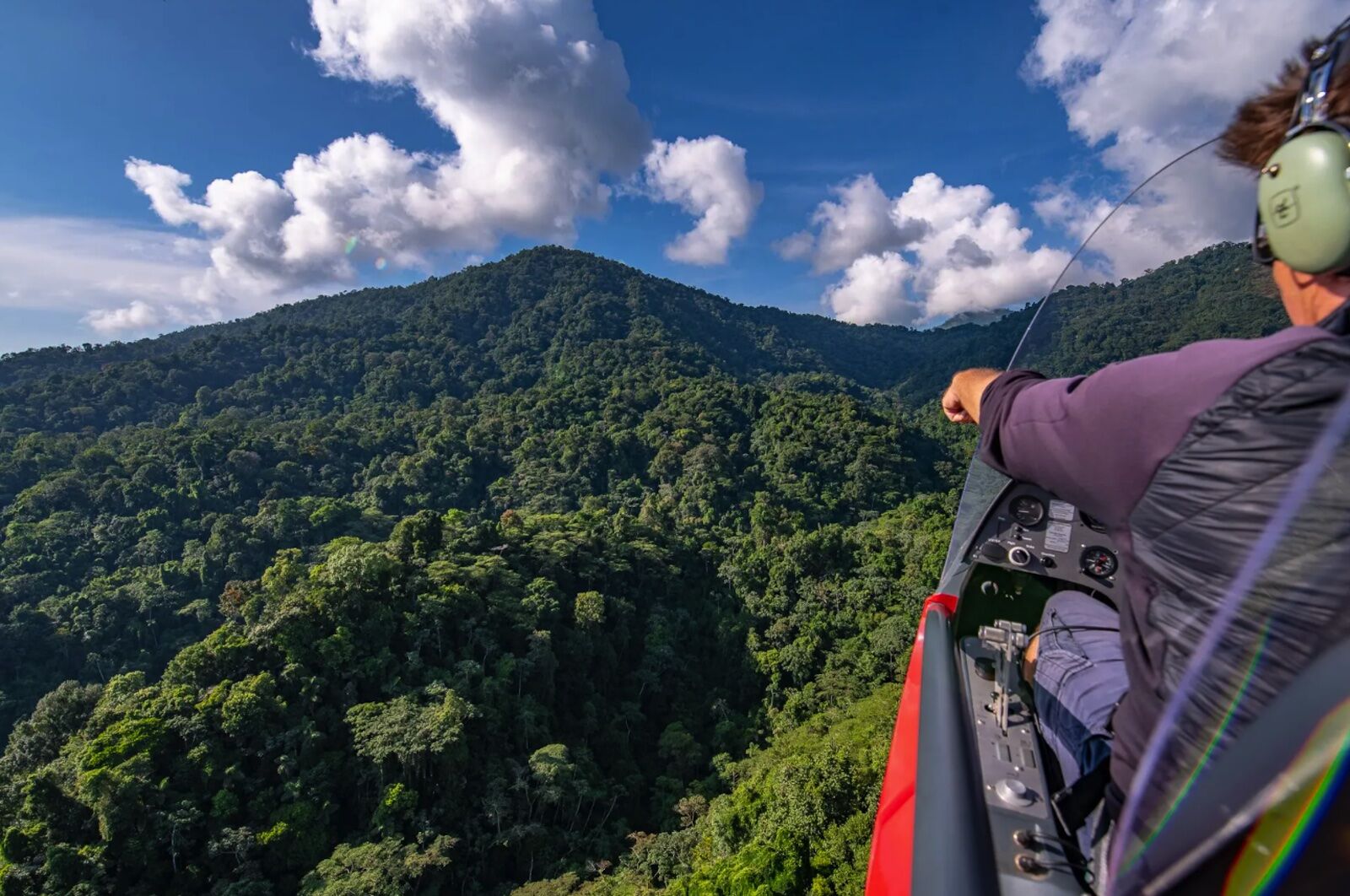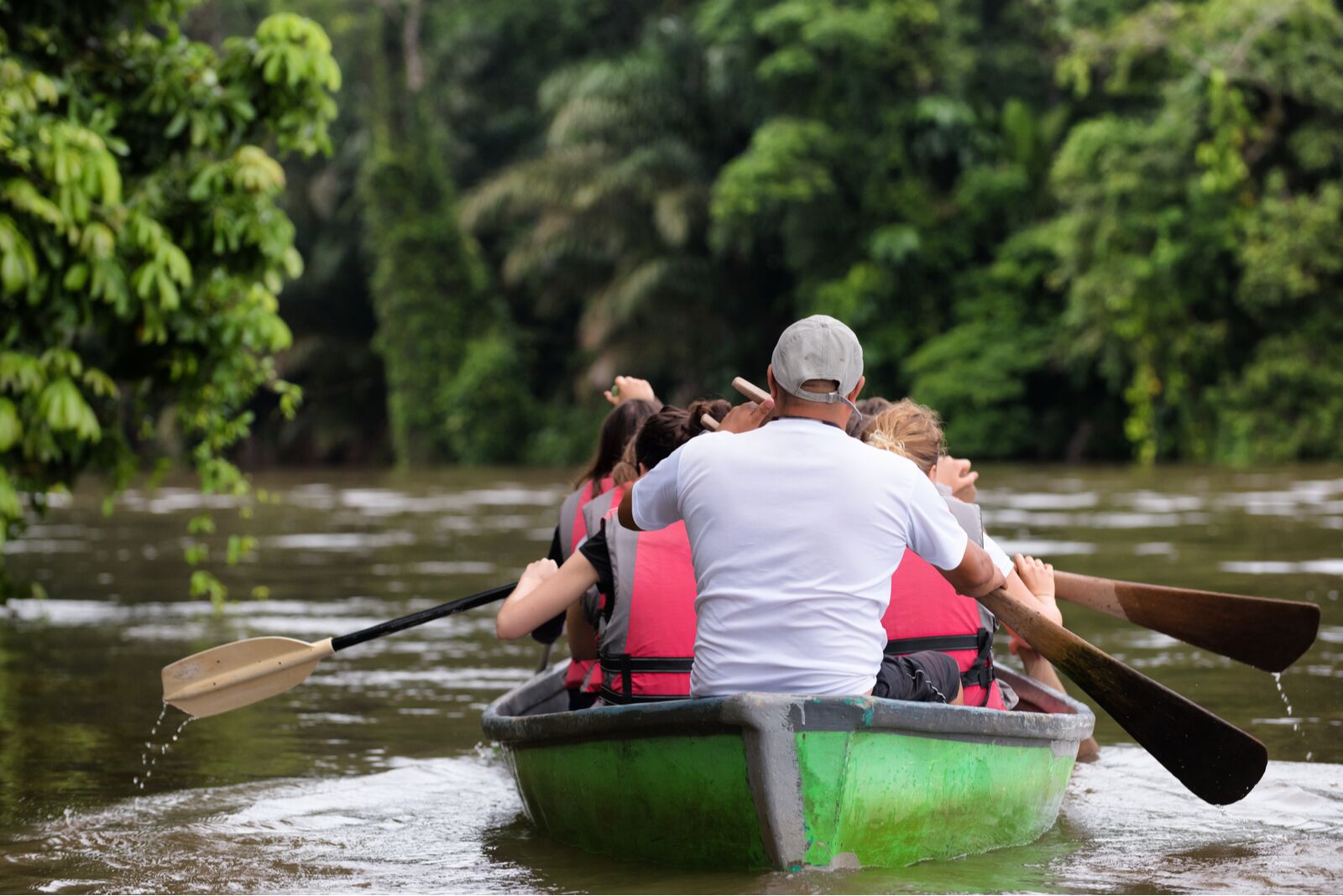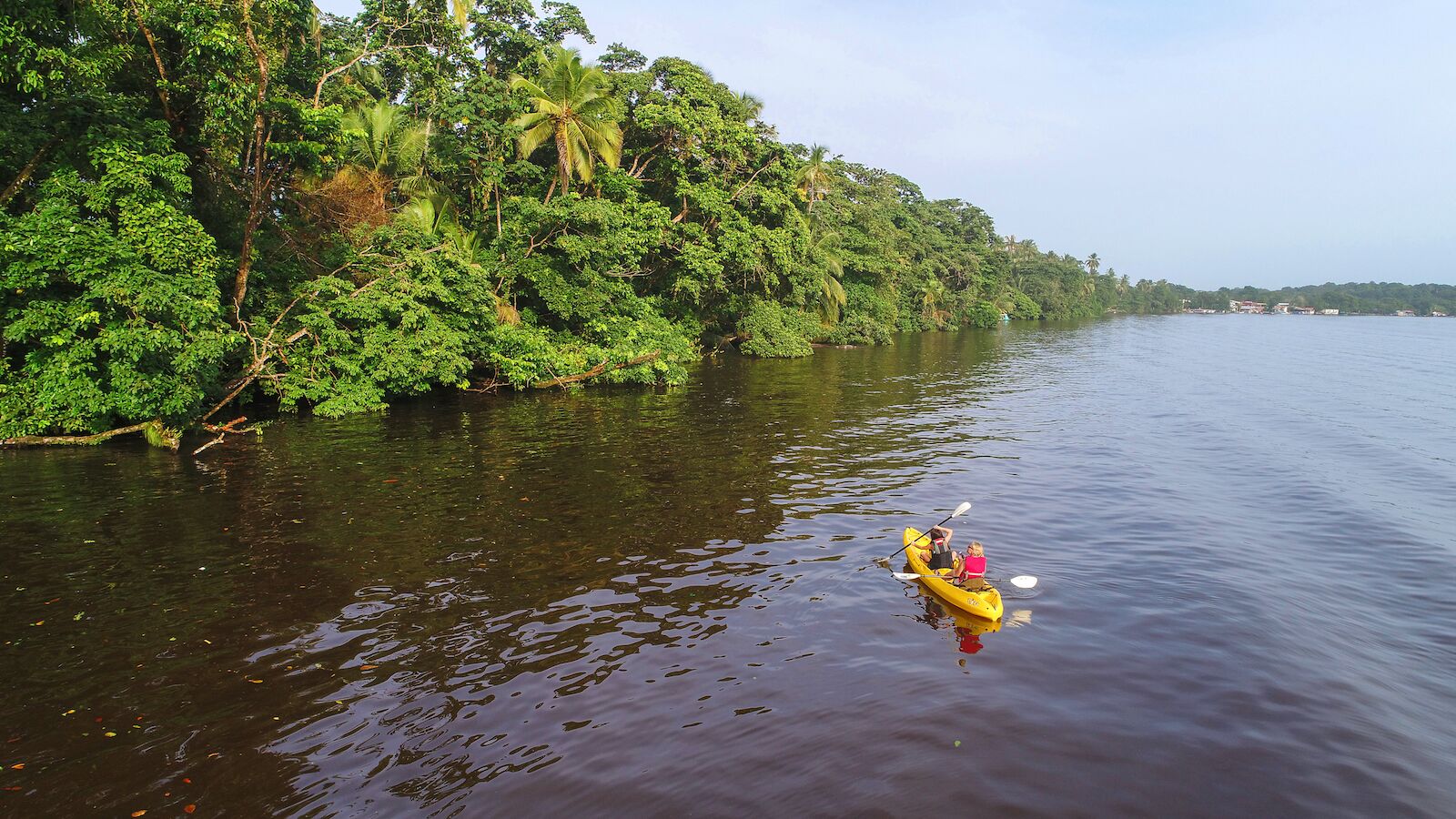Costa Rica is one of the most-visited countries in Central America, and it’s not particularly surprising as to why. The country is abundant with mostly untouched natural areas, from waterfalls to national parks. There are natural hot springs, huge caves, and no shortage of places to relax on lush, tropical beaches. There’s a lot to love.
That makes it even more surprising that so many travelers tend to overlook the nearly 200 miles of coastline on the Caribbean side of Costa Rica. Not considering a visit to the Caribbean coast means missing out on some of the best nature experiences in the country, like Tortuguero National Park, famous for its sea turtle hatchlings. Limón, Costa Rica, is home to centuries of rich Afro-Caribbean culture, and good music and better food aren’t hard to find.
